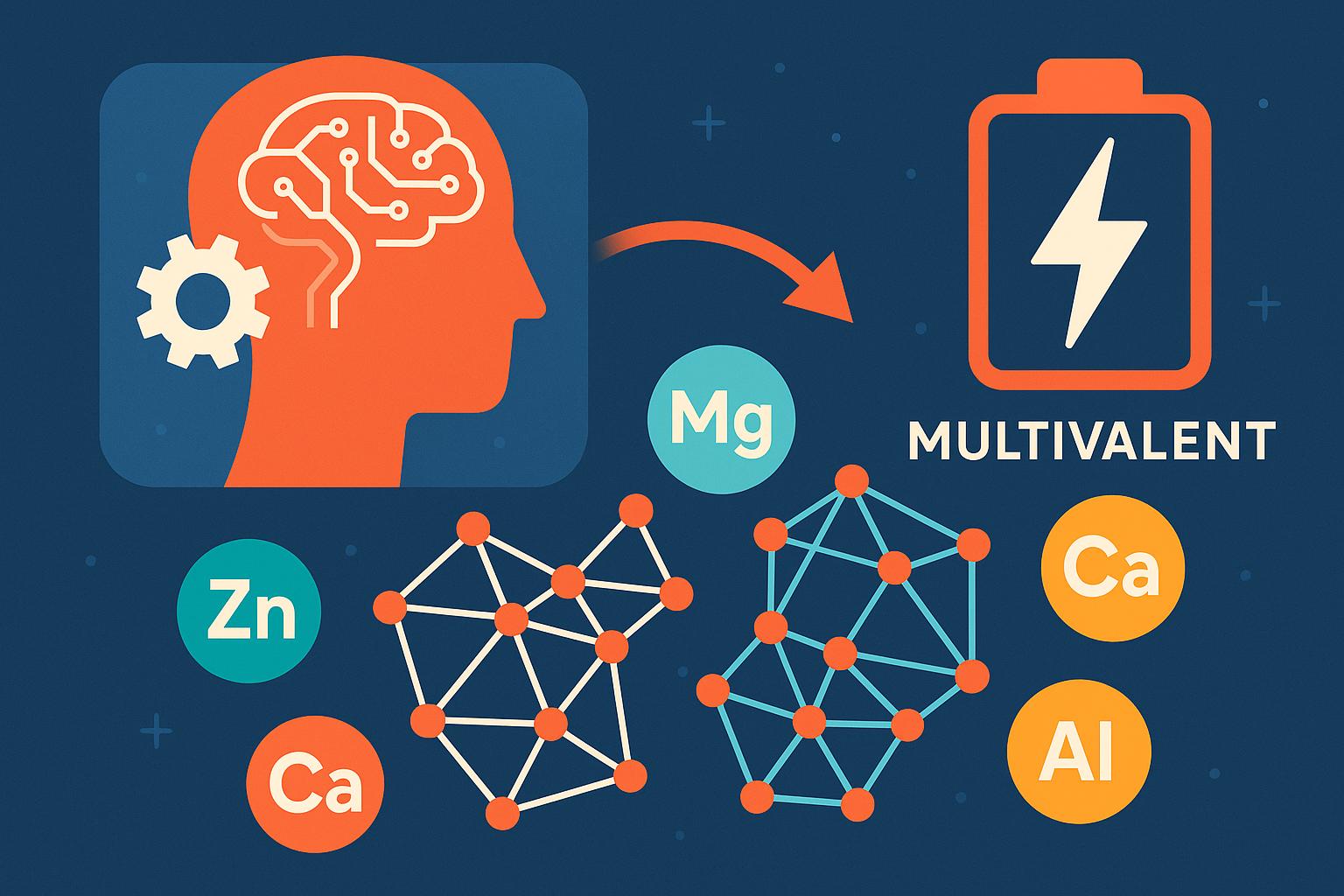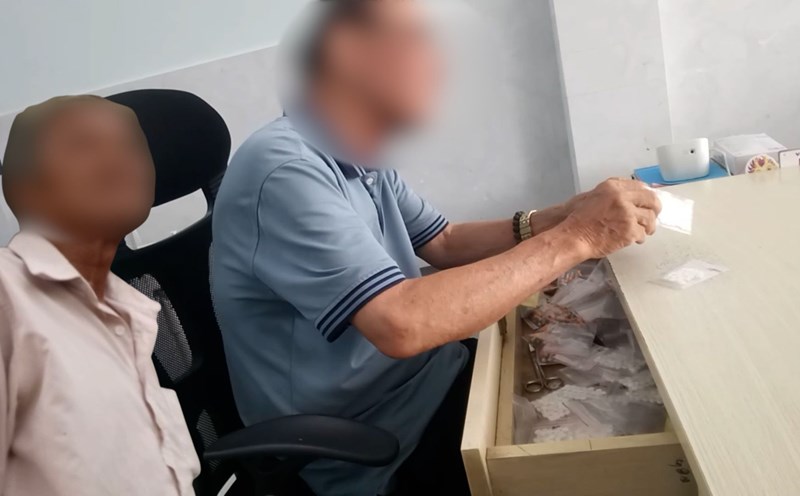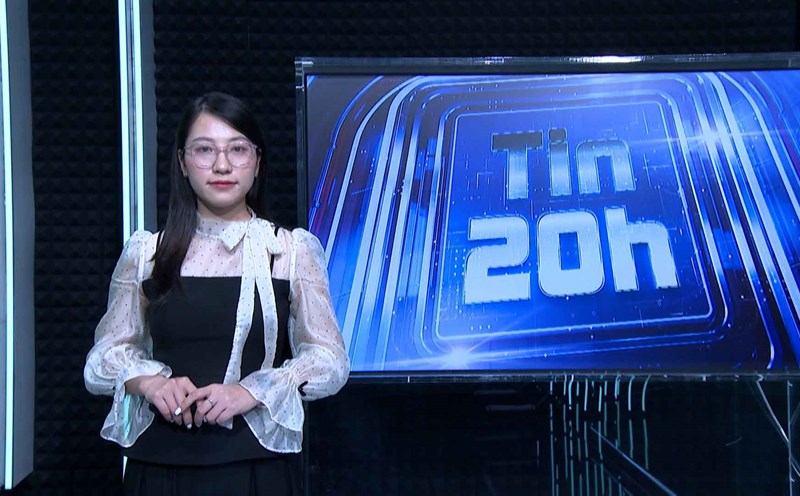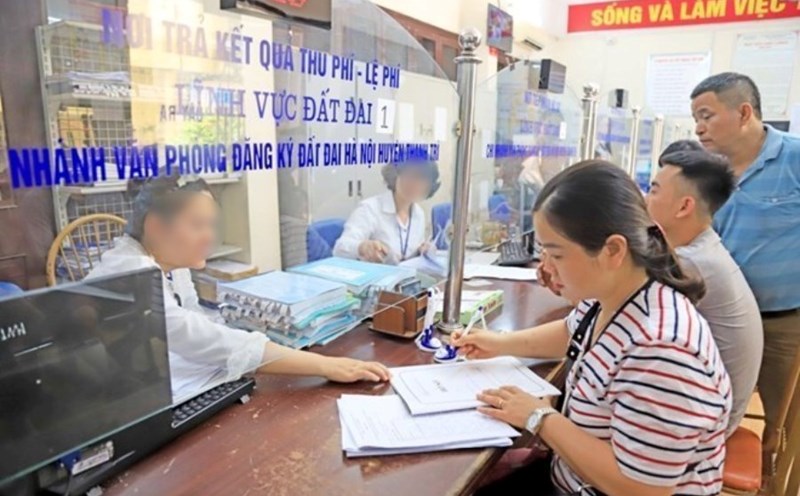
lithium-ion battery has revolutionized many fields such as smartphones, electric vehicles and mobile devices. However, lithium is increasingly showing limitations in cost, distribution and sustainability. Faced with this situation, the NJIT research team used AI to find battery solutions based on more abundant elements such as magnesium, calcium, aluminum and zinc.
Unlike lithium, which carries only one charge, multi-chemical metals can carry 2 or 3 charge, meaning each ion carries more energy. However, the large size of these ions makes them difficult to move in conventional batteries.
To solve this problem, the NJIT research team, led by Professor Dibakar Datta, deployed a dual AI system called Crystal differenceusion Variational Auto encoder (CDVAE) and a refined large language model (LLM). These tools help explore thousands of new crystal material structures with the ability to stabilize therm dynamics and have an opening channel suitable for multi-value ions to move quickly and safely.
As a result, the team has identified 5 completely new foam transfer metal oxide materials, bringing great potential to the next generation of batteries. These results have been verified by quantum mechanical simulation and thermodynamic testing. The results show that they can be synthesized in practice and achieve high energy storage efficiency.
According to Professor Datta, this method not only brings a breakthrough in battery science but also opens up a new direction for the rapid and large-scale detection of advanced materials for many other fields.











